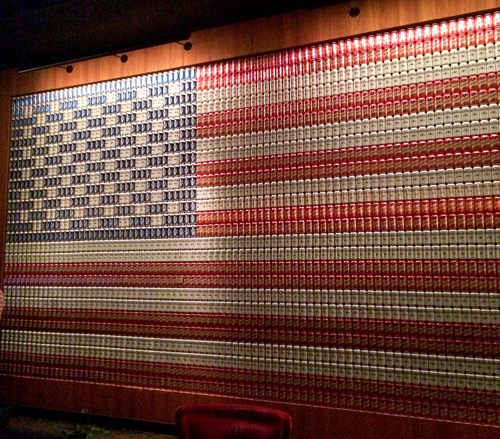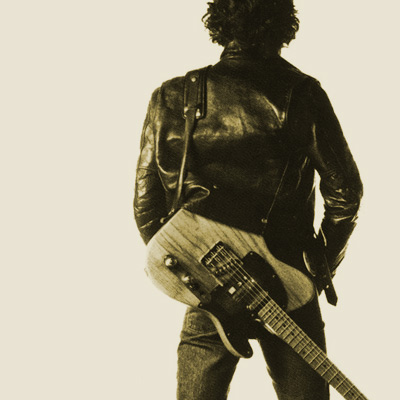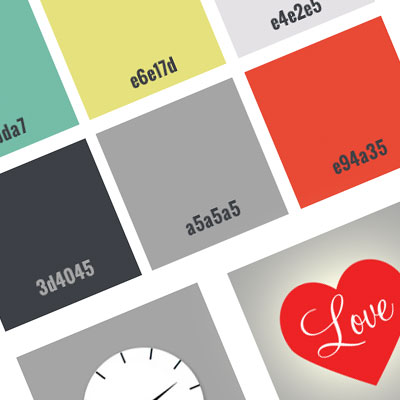10 Fun Facts About The American Flag You Probably Didn’t Know
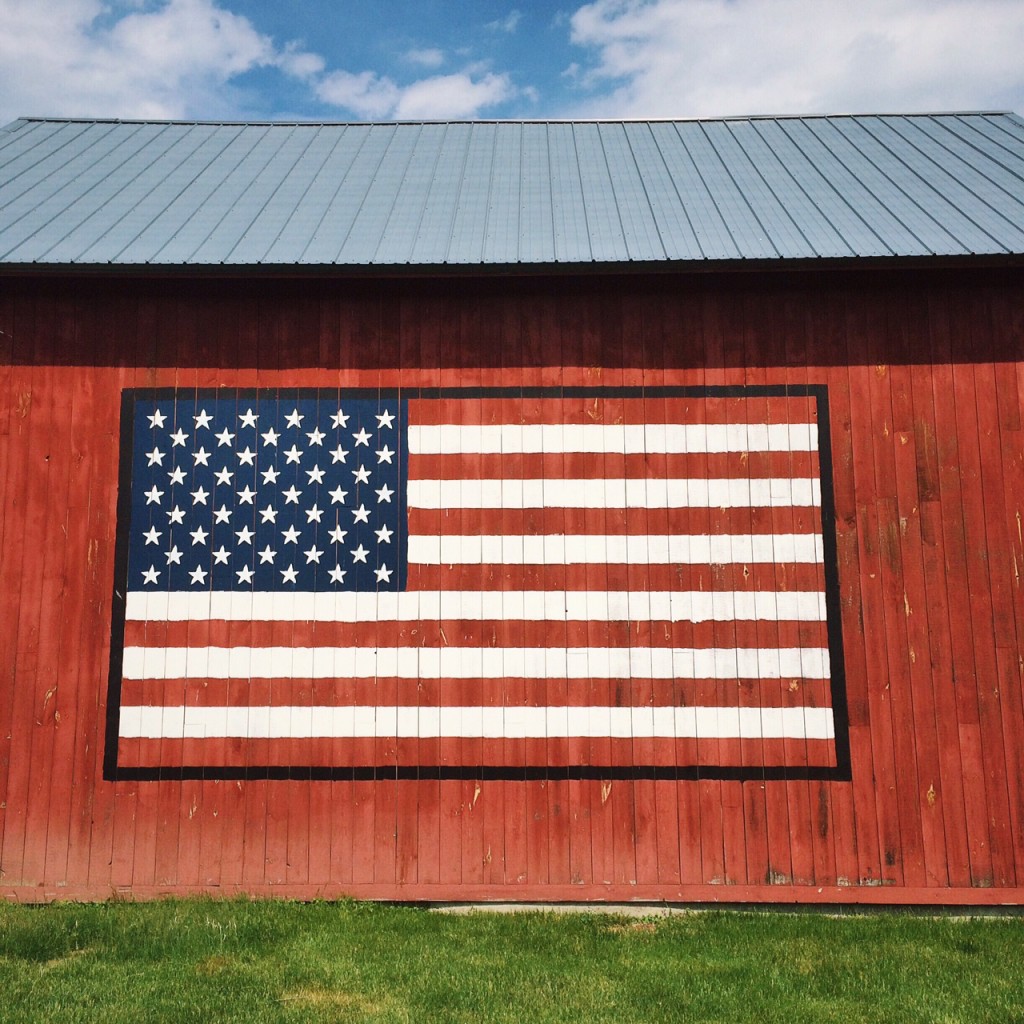
Do You Know These Fun Facts About The American Flag?
You probably DO know the flag of the United States of America is one of the world’s most recognized symbols. It’s also one of the most beautifully designed. From a brand perspective, it has outlasted any other American design.
Our flag was first adopted in 1777, and it has a long history of fun and quirky facts. To celebrate the 4th and our love of all things American, we’re sharing some fun facts about The American Flag, and just a few of the many ways the design has been used. Technically, none of these designs are legal, but they sure are fun.

1. Its Proper Name
The correct way to refer to the flag is ‘Flag of the United States of America.’ Any other name is a nickname, including ‘The American Flag”.
2. Popular Nicknames for Our Flag
Our national flag has been around for about 240 years. In that time it’s managed to pick up a few different monikers.
- The Star Spangled Banner
- Stars and Stripes
- The American Flag
- Old Glory
- Red, White and Blue

3. 13 Stripes and 50 Stars
Our national flag has 13 stripes and 50 stars. In 1818, Congress established rules around how many stars and stripes should appear on the flag.
There should always be 13 stripes. These stripes represent the original 13 British colonies that declared independence from Great Britain in 1776. The number of stars should always represent the number of states. There are currently 50 states, hence the 50 stars. Wonder how they will be rearranged if we annex another state?
4. This Version is the 27th
The current flag is the 27th version of our national flag. The flag has changed over the years to reflect the number of states that make up the whole of the United States.
With the exception of one version of the flag that had 15 stripes, the flag has always had 13 stripes. I guess they realized if they kept adding stripes, it just wouldn’t work. Early example of graphic design at work.

5. Standardized Rules
In a bid to standardize the flag (some states rearranged the stars out of the grid format), President Taft introduced regulated proportions and standardization rules. One of these rules was that the stars must be positioned with a single point facing upward. Makes sense if you think about what would happen if they weren’t.
6. There are Official Colors
There are also some rules around the colors of the flag. This is a great early example of brand standards. The colors are very specific shades. The three colors are:
1. White
2. Old Glory Red
3. Old Glory Blue (hence the nickname Old Glory).

If you like these paintings, view all of my father’s work here.
7. It’s The First Flag To Last More Than 50 Years
The flag was last updated in 1959 when Hawaii joined the United States. The current version of the flag is the longest running version of the flag. It came into official use in 1960 and is the first flag design to have lasted more than 50 years.
8. The Proper Way To Display The Flag
The proper stationary vertical display of the flag is that the canton (the blue box of stars) should always be positioned in the upper left. Displaying the flag upside down is a no-no.

9. The Flag Code
There is also a flag code that governs treatment and use of the flag. Examples include:
- The flag should only be displayed near public buildings
- It should never be displayed upside down.
- When displayed, it should never be drawn back or bunched up in any way.
- The flag should never be used as a covering for a ceiling. (Really? Who decided that and why?)
- Our flag should never be used for advertising and should not be embroidered, printed, or otherwise impressed on anything intended to be discarded after temporary use (for example, cushions, napkins, handkerchiefs). Good luck with that one.
10. Today’s Flag Was Designed By A High School Student
Can you believe, the current flag was designed by a high school student as part of a class project. When Alaska and Hawaii became the 49th and 50th states, the flag needed to be updated (the stars need to match the number of states after all).
As you can imagine, the president at the time (President Eisenhower) received thousands of design ideas for the new American flag. One of them was from 17-year-old Robert G. Heft, who was a student at Lancaster High in Ohio. He was one of three people to submit the version that was accepted and remains in use today. Believe it or not, Robert only got a B- on his project… We think he got an A+ at life!!
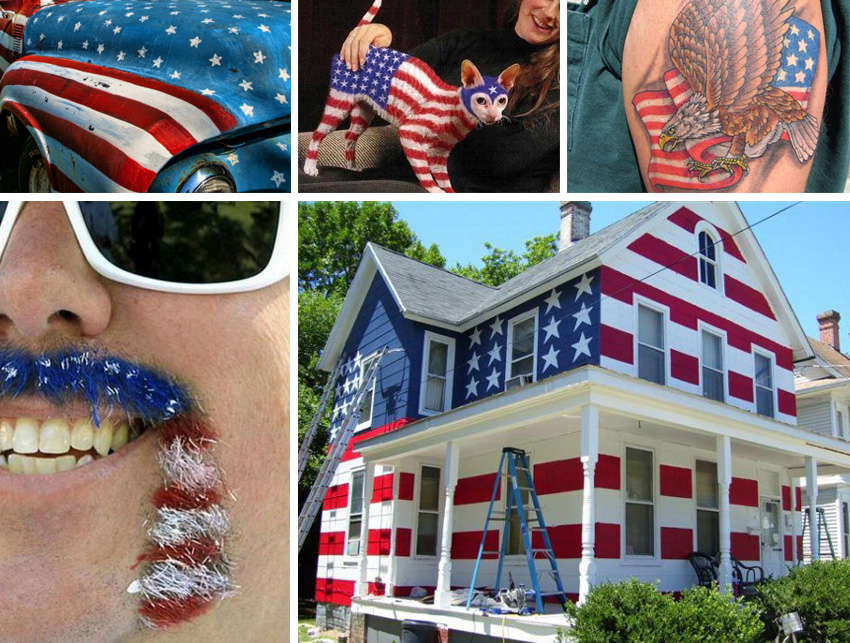
Technically, any use of the flag other than displaying it as banner is illegal.
The story of the American Flag house in the image above is inspiring. The funnest fact of all about The American Flag is that it would create an awful lot of criminals, if not for the authorities turning a blind eye to enforcing it.
A very nice byproduct of our Freedom of Speech.
Happy 4th of July!
